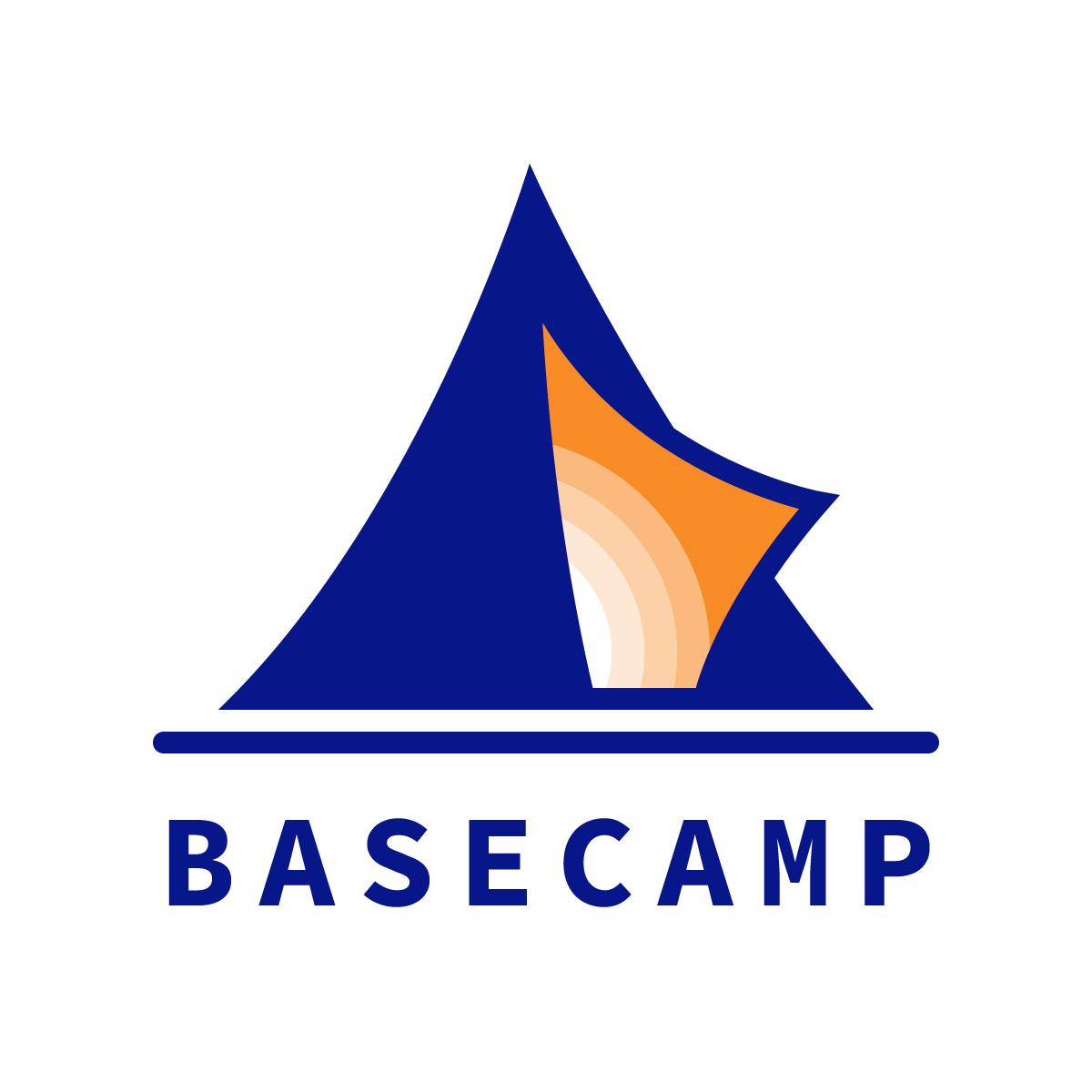Future of Learning Top Reads for week of Jan 1 2018
Photo by Ahmed Saffu on Unsplash
"Design Thinking for Higher Education," by Clark G. Gilbert, Michael M. Crow & Derrick Anderson, in Stanford Social Innovation Review
“In general terms, the dual transformation framework we advocate encourages organizations to embark on two separate but carefully connected efforts. Transformation A is a redesign of the core organization to improve capacities in teaching and research. Transformation B entails carefully designing a capacity to respond to emerging opportunities or social demands. In the context of higher education, through Transformation A, academic organizations must lower their costs (or even exit) those offerings that do not sufficiently differentiate them and invest in areas that will reposition core teaching and research in ways that will drive competitive advantage in an ever-changing landscape. Thus, Transformation A is about deliberate choice that every university confronts, where failure to choose is a de facto choice for expensive mediocrity.”
Why does this matter to the future of learning?
Gilbert (President of BYU Pathway Worldwide), Crow (President of ASU), and Anderson (innovation advisor to Crow at ASU) focus their attention on how to transform higher education, but many of their core insights are transferable (with modification) to K12 independent schools:
Transformation A would require independent schools to invest in the learning and formational experiences at which they excel, and reduce the cost of (or exit) the experiences that do not differentiate them. Resources like Global Online Academy, the Jesuit Virtual Learning Academy, edX, and others offer ample opportunities.
Transformation B would require schools to invest in R&D. For example: How might we design learning about and with exponential technologies? How might we shift from traditional to performance assessment? How might we recalibrate our learning outcomes to the World Economic Forum's Top 10 Skills for 2020? Successful experiments can be scaled up, and unsuccessful experiments can become object lessons for future tests.
***
"As Flow of Foreign Students Wanes, U.S. Universities Feel Sting," by Stephanie Saul / @stefsaul, in the New York Times
"The downturn follows a decade of explosive growth in foreign student enrollment, which now tops 1 million at United States colleges and educational training programs, and supplies $39 billion in revenue. International enrollment began to flatten in 2016, partly because of changing conditions abroad and the increasing lure of schools in Canada, Australia and other English-speaking countries."
Why does this matter to the future of learning?
As revenue from foreign students dries up, bond ratings will wither, making it more expensive for some schools to borrow money. Unsurprisingly, Moody’s downgraded its credit outlook for higher education last month from "stable" to "negative." Compounding this problem, the number of domestic undergraduate students in 2017-18 dropped 224,000 (1%), according to the National Student Clearinghouse Research Center. This number is expected to continue to decline over the next 15 years, according to the Western Interstation Commission for Higher Education.
Schools with lower credit ratings and shrinking enrollment pools are going to have to rely more on Transformation A options (see above commentary) than on far more desirable Transformation B options.
***
"Impatient With Colleges, Employers Design Their Own Courses," by Jon Marcus, in Wired
"While 96 percent of chief academic officers at higher-education institutions say they’re effectively preparing students for work, only 11 percent of business leaders strongly agree, the polling company Gallup found. The Manpower Group reports that 40 percent of employers are having trouble finding workers with the skills they need."
Why does this matter to the future of learning?
It is ironic, to say the least, that many K12 schools describe themselves as "college prep" when college chief academic officers are grossly overestimating how well their higher ed institutions are preparing those students for work. It should come as no surprise that employers are investing more in L&D to bridge that gap.
In an age of accelerating change, schools (both K12 and higher ed) that thrive will subordinate being "college prep" to being about "learning how to learn." Adaptive, creative, collaborative problem solvers will excel not only in college, but also in the global economy and community. So schools should ask themselves very seriously, "Is our [AP program, IB program, grading system, etc.] really preparing students for what comes next?"
***
Do you know someone who would find the Ed:Future blog worthwhile reading? Please let them know that they can subscribe here.

